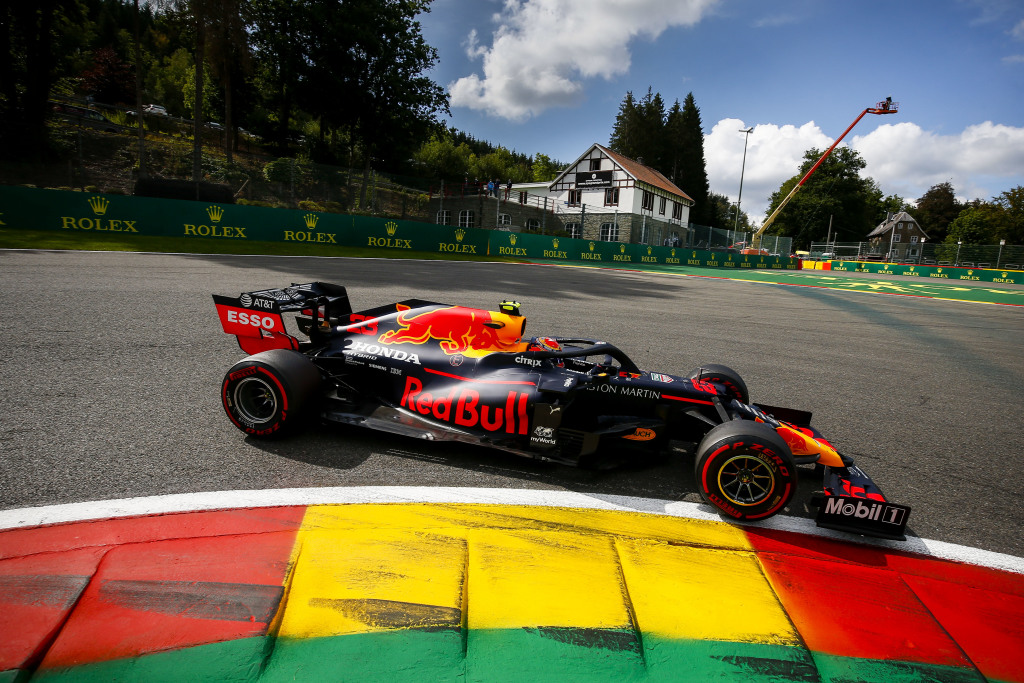The Belgian Grand Prix has always been a favourite of fans and drivers alike and few tracks can boast the history of Spa-Francorchamps.
For drivers, the chance to tackle one of the world’s most challenging circuits is tantalising. While for fans, the prospect of planning a trip to Spa and witnessing the action at this historic circuit makes it a real bucket list race.
But why does Spa-Francorchamps have such a reputation? How did it become the iconic track we know today?
In this guide, we delve into the history behind this great circuit, from its beginnings, evolution, and how the weather plays such an important part in making this race so unpredictable.
History of the Spa-Francorchamps track
Spa-Francorchamps was first conceived after newspaper owner Jules de Their hoped to revive La Meuse Cup – a race that had been halted due to the First World War. Racing driver Henri Langlois van Ophem and the mayor of Spa Baron Joseph de Crawhez were called in to design the circuit and write a new chapter in the history of Spa-Francorchamps. They combined three of the roads connecting the towns Spa-Francorchamps, Malmedy, and Stavelot to create the perfect circuit.
1920 – Original Spa-Francorchamps circuit
The original circuit was an enormous 15km, and featured much of what forms the modern circuit. Blamchimont, La Source, the Kemmel Straight and Les Combes all featured as we know them today. Eau Rouge and Raidillon are also on the map, but are connected by a hairpin placed on the hill towards the summit. It would prove a mega challenge for anyone willing to take it on.
A little-known fact is that the first ever race scheduled at the track was in 1921, but it was cancelled after only one driver entered. It was replaced instead by a motorcycle race, which attracted a much healthier 23 entrants. The first official Belgian Grand Prix was held in 1922 won by Baron de Tornaco-Bruyère. A 24 hour race was held in 1924 after a timing booth and press stand were built, and Antonio Ascari won the European GP at Span the following year.
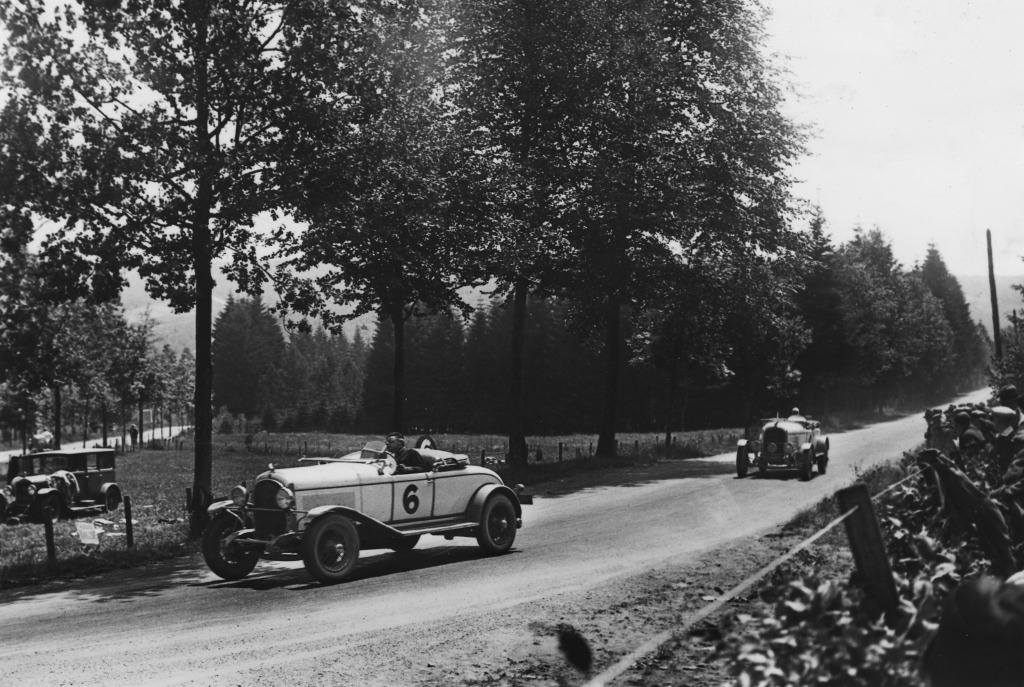
1939 – The creation of Raidillon
Images of cars flying through Eau Rouge and Raidillon are some of the most exciting views in motor racing. The corner was created in 1939, when the Customs hairpin was removed, and the two turns were connected. The steep 17% incline contributes to one of the most challenging corners in the history of motorsport.
For the pedants out there, there is a clear distinction between the two corners. Eau Rouge is the short turn to the left at the bottom of the hill. Raidillon is the sweeping, uphill right-hander that exits onto the Kemmel straight.
These two photos show how the corner has changed over the course of history
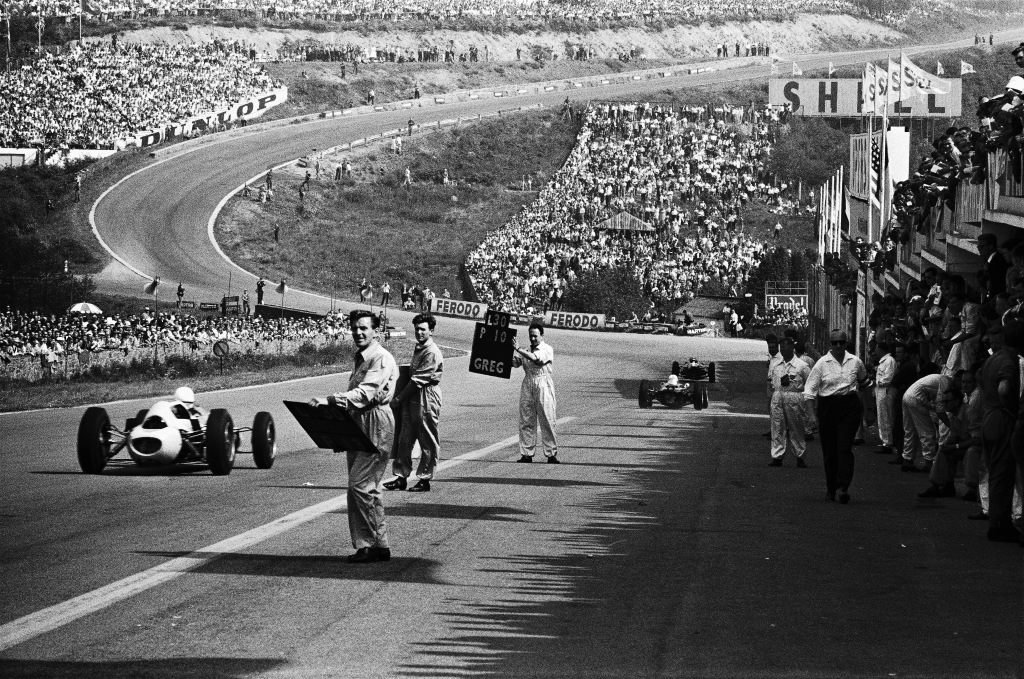
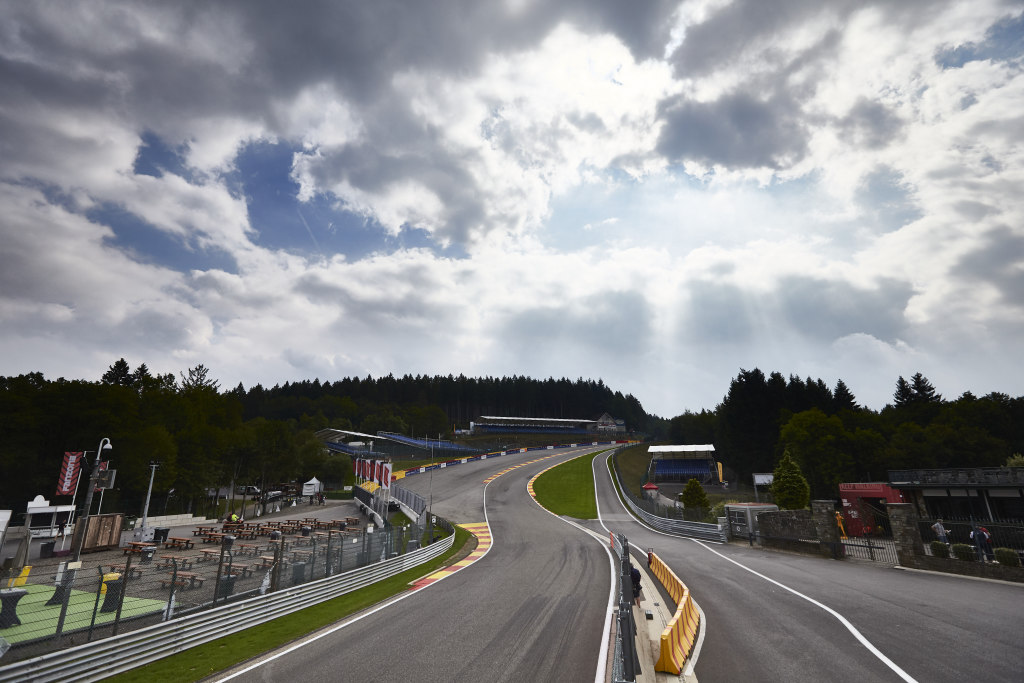
1950 – First Formula 1 Grand Prix at Spa
The first official Formula 1 season was held in 1950, with seven Grand Prix across the globe. Silverstone hosted the first race, and Spa hosted the fifth race of the seven-round season.
The 35-lap race was won by Juan Manuel Fangio, who took his second series win. He qualified in 2nd with the same time as pole sitter Nina Farnia, and won the race by 14 seconds. He would go on to win the race again in 1955, beating Stirling Moss, Mike Hawtorn and – once again – Farnia.
1951 – The creation of the Stavelot bend
In 1951, the now well-established track at Spa-Francorchamps was extended in length from six miles to nine miles. The changes to the track were made to bypass the town of Stavelot, and in doing so, the Stavelot Bend was born.
1979 – Modern circuit installed at Spa
In 1979, the circuit was dramatically shortened to create a new 6.9km track – less than half the original distance.
It saw the cars turn off the street course at Les Combes and turning onto a new permanent section. Winding through the valley, this section was fast and technical, taking in the new Rivage, Pouhon and Stavelot corners. Spa-Francorchamps remained a long, challenging circuit, but was now safer and easier to manage.
Over the following years, small changes altered the circuit. The bus stop chicane was installed, the F1 straight were moved to the entrance of La Source rather than the exit, and Raidillon underwent minor adjustments. But all in all, the circuit has always kept its character.
1983 – Belgian Grand Prix returns to F1 a MotoGP leaves
Following the new layout, Formula 1 returned to the track in 1983. Things got off to a rocky start, literally, as the first start at the new track was aborted. McLaren’s Andrea de Cesaris got two fantastic starts and led the race, until his engine gave in. Alain Prost went on to win the race for Renault.
While Formula 1 enjoyed a renaissance at the new Spa-Francorchamps, Grand Prix motorcycle racing was nearing its final race at the track. The last MotoGP Grand Prix to be held at Spa was in 1990. In 2021 rennovations were made to the track, seeing the Spa 24h motorcycle race return in 2022. Maybe a MotoGP Grand Prix could be the next comeback we witness at this iconic track.
For an idea of what bike racing at Spa was like, check out these highlights from the race in 1982.
2003 – Semi-permanent circuit
The track was made semi-permanent in the early 2000s when part of it was cut off from public use between March and October. This was then made permanent soon after, increasing to 220 days of operation within the year. This year, the Grand Prix was cancelled due to a conflict within the European Union about tobacco advertising at the event.
2004/07 to present – Modern circuit with modified chicanes
The Belgian Grand Prix returned in 2004 and 2005 following the controversy in 2003, but more tough times lay ahead for Spa-Francorchamps. At the end of 2005, the main investor went bankrupt, meaning that the Grand Prix would be cancelled yet again in the 2006 season.
Despite late funds being found by the local Wallonia government, the improvements to the paddock and track itself came too late to secure the 2006 race.
The year after, however, the grand return of one of the oldest and most unique racing circuits on the planet was much celebrated by the Formula 1 community. A new investor was found and yet more work was done on the aging track. A €19 million injection of cash saw the Bus Stop and La Source hairpin moved to make more room for a bigger, more modern pit lane. This also allowed for a longer start/finish straight.
In 2022, extra alterations were made to the track, including gravel pits and extra run-off at the Eau Rouge and Raidillon, following the tragic death of F2 driver Anthoine Hubert in 2019.
Endurance racing at Spa
It’s not just open-wheelers that enjoy laps of Spa. Endurance racing at the circuit dates back to the 1920 when the first 24-hour race was held. Despite a number of years without an endurance race, a day-long race has been held every year since 1964.
Until 2000, the races formed part of the World Touring Car championships. A memorable race came in 1993, when the event was stopped after 15 hours due to the death of Belgian King Baudouin. When the flag was waved, Christian Fittipaldi’s team was leading by some way and was awarded the win.
The 24 Hours race still takes place as part of the Intercontinental GT Challenge, while the shorter 6 Hours of Spa forms part of the World Endurance Championship.
When it rains, it pours
The weather at Spa has often played a part in creating a dramatic Grand Prix. It once rained at the Belgian Grand Prix on 20 consecutive occasions, but that’s not the whole story. The circuit is so large, that it often rains in isolated sections of the track, while others remain bone dry.
This often catches the drivers out, not least than in the 2008 race. A mostly dry race was led by Kimi Raikkonen when the rain hit with less than five laps remaining. With the leaders refusing to pit for wet tyres on a dampening track, chaos ensued. Kimi and Lewis Hamilton swapped first position on the closing laps until the Finn was unable to keep on the track.
After Hamilton took the chequered flag, the fighting continued behind as those who risked the pit for intermediates tore through the field.
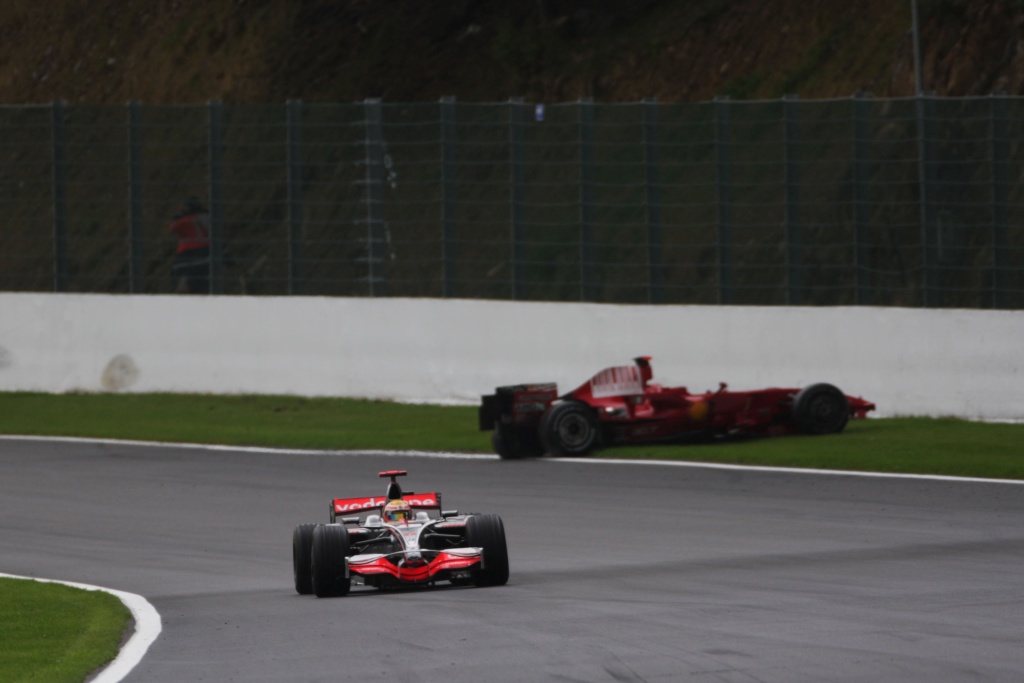
Even in the summer months, the weather at Spa can be unpredictable. The 2019 6 Hours of Spa – held in May – suffered several safety car periods and was even red-flagged due to snow, sleet and hail. But those fans who persevered in the toughest conditions were rewarded with one of the most memorable races in the event’s history.
Skip through the full race highlights to see how snow affected the first and final laps of this dramatic race.
What will you experience at Spa?
The History of Spa-Francorchamps is still being written. Drama shows itself every time the cars hit the tarmac at Spa. Whether you’re looking for the furore of the Belgian Grand Prix, or endurance of WEC’s six-hour race, you can book your tickets with Motorsport Tickets.
